Salesforce vs. ServiceNow: A Comprehensive Guide to Choosing the Best
Deciding between Salesforce and ServiceNow might revolutionize your company. Though they have different purposes, both systems are leaders in their field. While ServiceNow shines in IT service management (ITSM), Salesforce concentrates on customer relationship management (CRM.). Companies frequently evaluate them to find which fits their objectives the best. Knowing basic differences guides better choices.
The proper tool increases client satisfaction and efficiency. A side-by-side comparison of Salesforce and ServiceNow helps choose the ideal business software solution. Each platform has strong features, but one may better suit your specific needs. Understanding both strengths and weaknesses helps whether you're managing IT or scaling customer service. Read on to discover which tool offers greater ROI, performance, and flexibility.
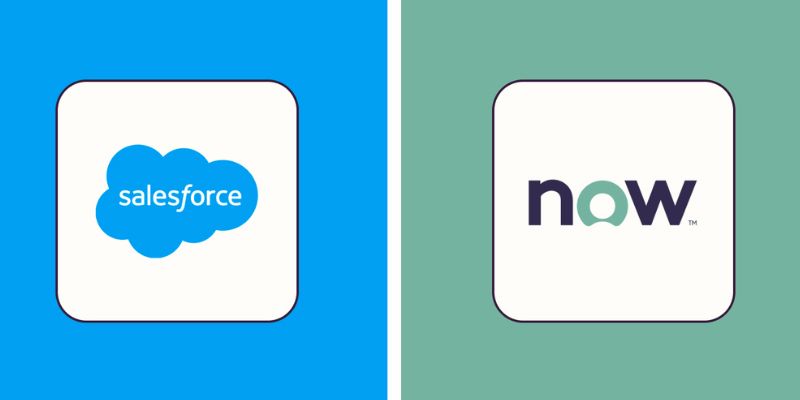
Salesforce Overview: Powerful CRM for Customer Success
Salesforce is a cloud-based CRM noted for improving customer connections. Businesses track leads with it and automate sales. The platform offers consumer service tools and marketing efforts. Lead-generating tools and real-time reporting help sales teams. Customizing with outside programs makes integration simple. Salesforce AppExchange lets companies customize processes. AI-powered characteristics enable consumer behavior prediction. Custom dashboards offer comprehensive analytics to support better decisions.
Salesforce enables one cohesive platform for marketing, sales, and service alignment. Its adaptability helps businesses easily control consumer lifetimes. Many companies like it for developing better client involvement plans. It raises team output and helps automate tiresome tasks. Salesforce still leads the industry in CRM tools. Its worldwide network provides strong learning tools as well.
ServiceNow Overview: Streamlining IT and Business Workflows
A cloud-based tool meant to maximize IT service management is ServiceNow. It enhances service delivery and lets companies automate daily IT chores. Companies apply it to control events, issues, and changes inside their IT systems. Beyond IT, the platform covers HR, facilities, and legal processes. The strength of ServiceNow is that it simplifies difficult procedures among several departments. It offers a central dashboard for tracking performance and service conditions. Real-time alarms enable teams to handle problems rapidly. Automation tools boost efficiency and help to lower hand-made mistakes.
ServiceNow provides strong integration with corporate systems and cloud services. Its low-code features speed app development. Tools for tracking and controlling compliance help support safe operations. It is perfect for big companies running complicated digital environments. ServiceNow increases IT asset visibility and control. Workflow automation touches operations and customer service as well. The platform's adaptability helps with digital transformation efforts.
Core Features Comparison: CRM vs ITSM Capabilities:
Salesforce and ServiceNow have somewhat different main emphases. Salesforce provides broad CRM features for customer service and sales. It facilitates lead, contact, and customer journey management. Conversely, ServiceNow specializes in IT service processes. It advances service catalog management, asset tracking, and incident resolution. Though for distinct uses, both systems provide automation. Salesforce models marketing campaigns and sales pipelines automatically. ServiceNow records change requests and IT tickets automatically.
Salesforce projects sales using artificial intelligence to examine consumer trends. ServiceNow forecasts IT problems using artificial intelligence and then automates responses. Salesforce fits very nicely with sales tools and marketing tools. ServiceNow integrates more effectively with IT operations and business processes. Both have low-code tools for tailored apps. Their structures and templates, though, differ. Salesforce helps firms with CRM-oriented agendas especially. The strong ITSM features of ServiceNow help in IT-heavy environments.

User Experience and Interface Design:
Salesforce provides a very flexible and user-friendly dashboard. Navigating this is simple for marketers and salespeople. The drag-and-drop tools simplify personalizing. The dashboards are colorful, data-rich, and show real-time performance. Layout changes depending on roles and needs allow users to do so. ServiceNow also has a clean design, although it emphasizes IT more strongly. The portal fits corporate teams overseeing processes and IT service agents. ServiceNow's workspace is task-driven and operational.
Salesforce leans on visual data and tools for collaboration. ServiceNow stresses functional process management. Both call for training, but Salesforce has a less steep learning curve. ServiceNow could first seem more technical. However, once set up, both systems offer seamless operation. Both systems have accessibility tools provided. Mobile apps provide access anywhere. Every system enables several languages and areas. User comments point to great satisfaction with both. Preference ultimately comes from whether you prioritize customer interactions or IT operations.
Integration and Scalability for Business Growth:
Using its AppExchange marketplace, Salesforce connects with hundreds of outside systems and back tools, including Microsoft Teams, Google Workspace, and Slack. This makes Salesforce a versatile answer for many kinds of businesses. From little startups to multinational companies, Salesforce is designed for scale and changes with corporate demands. ServiceNow also provides strong integration features, especially with corporate technologies like SAP, Oracle, and AWS. It speaks to backend systems and IT operations intimately.
Front-office integrations typically choose Salesforce. Service Now shines in system coordination and back-office processes. Every platform manages development using multi-instance architecture and high uptime guarantees. Licensing models help users and features to be scaled gradually. Globally growing businesses can depend on both platforms. Salesforce helps expand customer-facing operations effectively. ServiceNow improves inside systems and service delivery.
Pricing, Support, and Market Adoption:
Product and user type define Salesforce pricing. For sales, marketing, and service, it provides several packages. Features and users add to the expenses. Smaller companies could find pricing reasonable, given the return on investment. Often catered to business customers, ServiceNow also employs tiered pricing. Its modular approach to pricing allows IT teams great flexibility. Platforms have different support systems. Salesforce provides a great user community, training tools, and 24/7 support.
Globally, Salesforce rules the CRM space. ServiceNow is leading in ITSM and enterprise service management. Big firms such as banks, medical providers, and internet companies depend on both systems. Implementation and maintenance define long-term expenses. When platforms are used wisely, ROI is noteworthy. Think of pricing in line with long-term gains. Throughout the choosing process, carefully consider your support alternatives. Both systems substantially fund customer success and innovation.
Conclusion:
Your main business needs will determine which of Salesforce and ServiceNow you need. Salesforce provides the best business tool available for the expansion of client relationships. ServiceNow makes greater sense for IT and process automation. Think through team size, objectives, and current systems. Every platform offers strong tools and tried-through successes. Comparing Salesforce with ServiceNow helps bring strategy into line with performance. Both systems offer good integration choices and scale rather nicely. Select CRM or ITSM platform depending on where you wish to see development. Both choices encourage digital transformation and, when utilized carefully, show a good return on investment.
On this page
Salesforce Overview: Powerful CRM for Customer Success ServiceNow Overview: Streamlining IT and Business Workflows Core Features Comparison: CRM vs ITSM Capabilities: User Experience and Interface Design: Integration and Scalability for Business Growth: Pricing, Support, and Market Adoption: Conclusion:Related Articles

Brevo vs. Mailchimp: Choosing the Right Email Marketing Tool
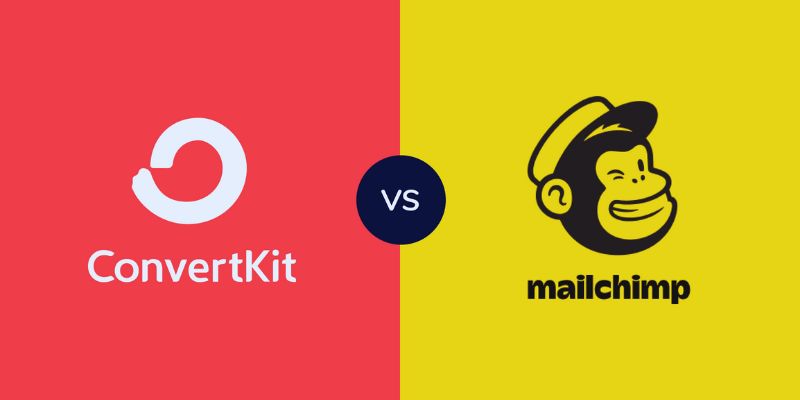
Choosing Between ConvertKit and Mailchimp: Which One is Right for You

Jira vs. ServiceNow: A Comprehensive Comparison to Help You Decide

Stripe vs. PayPal: Which Payment Processor Is Best for Your Business

Streamline Your Workflow with These Powerful Social Media Platforms
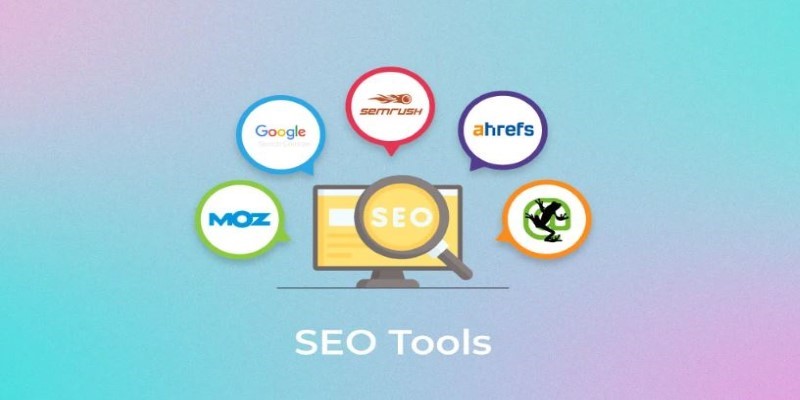
Ahrefs, SEMrush, and More: Essential SEO Tools for Success
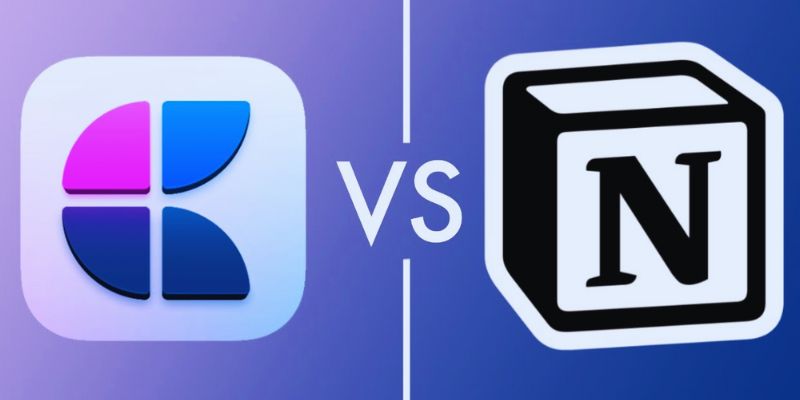
Craft vs. Notion: A Detailed Comparison to Find the Best Option

The 5 Best Habit Tracker Apps to Transform Your Life: A Guide

Pipedrive vs. Salesmate: A Detailed Comparison to Find the Best CRM
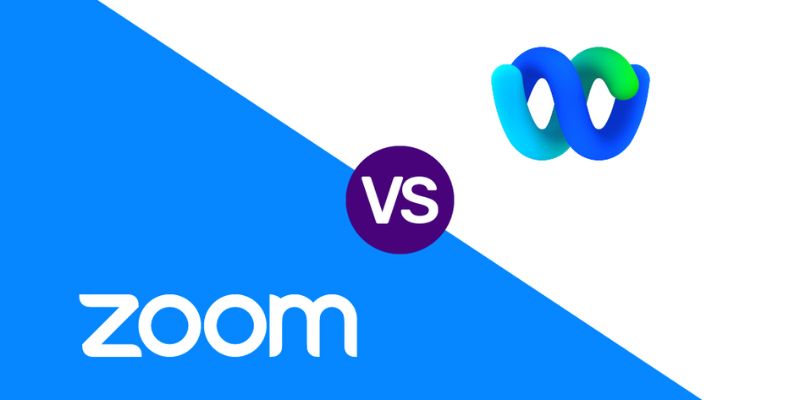
Webex vs. Zoom: The Ultimate Guide to Choosing the Right Platform

Top Online Graphic Design Tools for 2025: Canva, Figma, and More
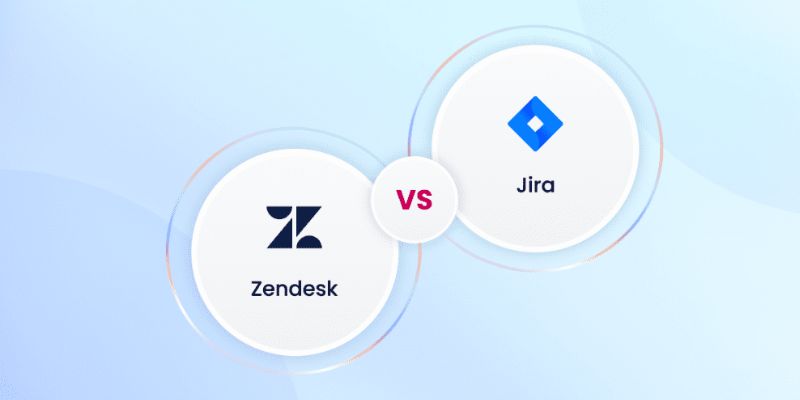
 knacksnews
knacksnews